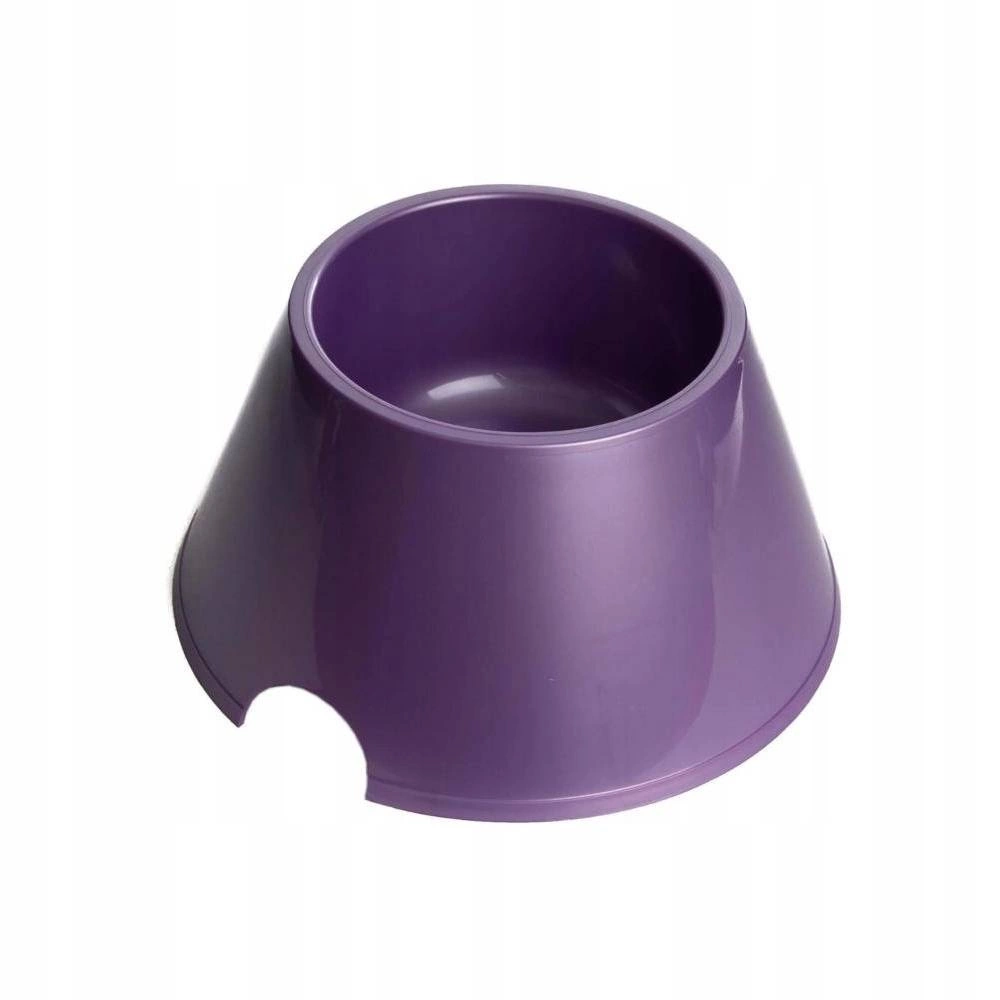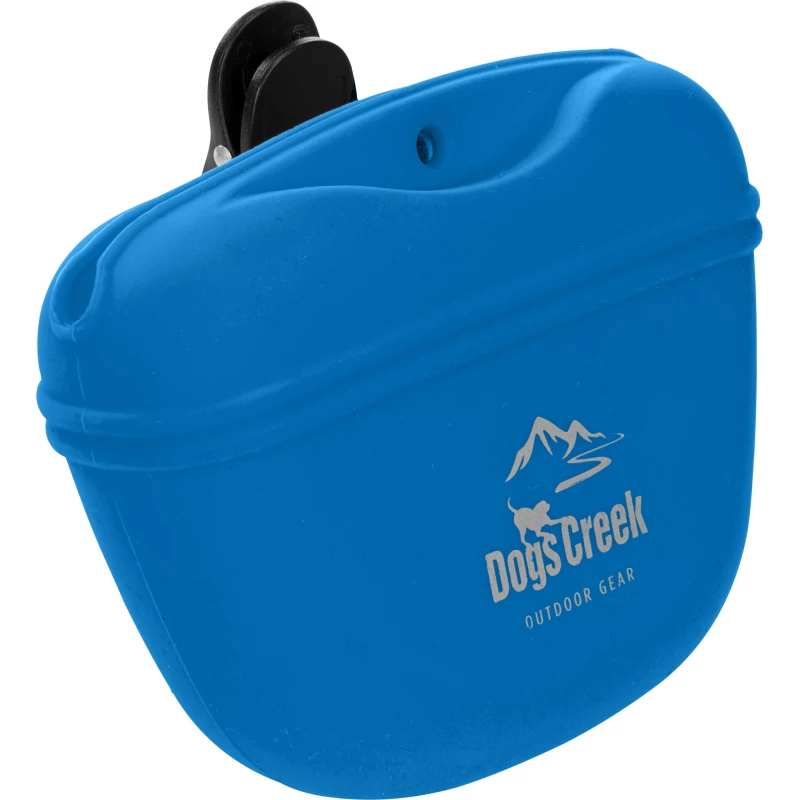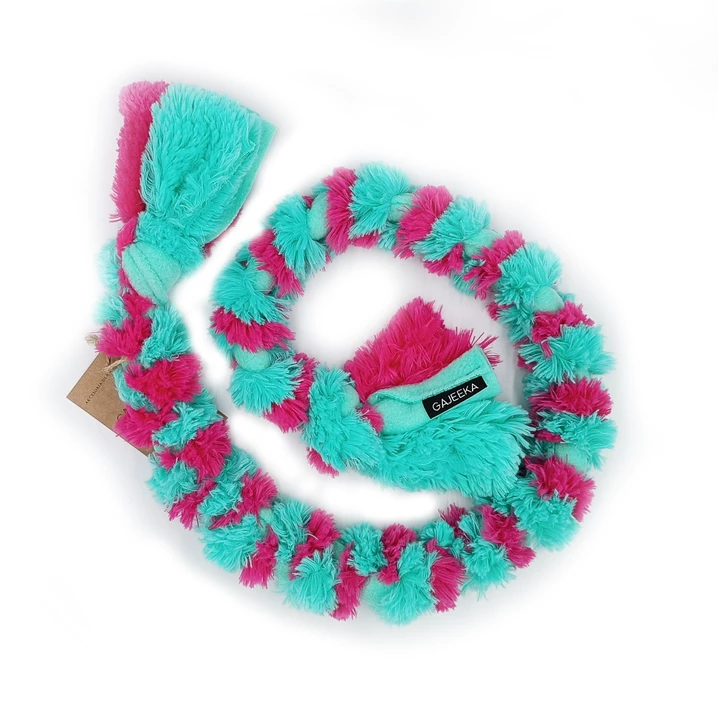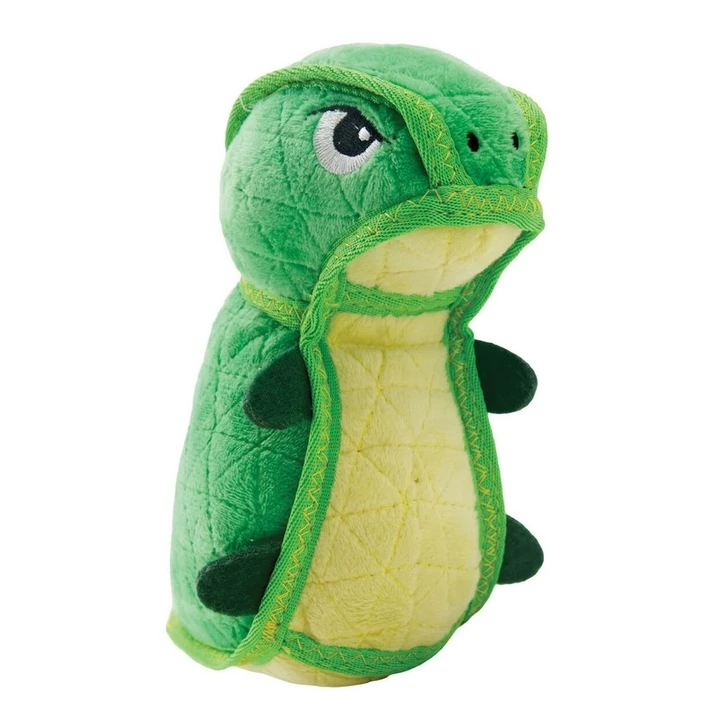Preparing for a Puppy Part 1
- Ewelina M
- Nov 4, 2023
- 9 min read
The first step in welcoming a new four-legged family member is proper home preparation.
Here is a list of things to have ready before the arrival of your dog. New owners often feel overwhelmed as they try to adapt their lives to their new furry friend. They search the internet for information, but the flood of available data can be overwhelming.
Before you start equipping your dog's 'nest,' consider what will truly be essential. Often, under the influence of emotions, we invest in items that ultimately turn out to be unnecessary or needlessly costly. It's worth avoiding such traps, so we present a list of items that, while not mandatory purchases, have proven invaluable to new dog owners many times. Take a look at what might be useful in your case.
1. Bowls
Bowls are one of the essential elements of every dog household. It's important to provide the right containers for water and food.
Access to clean water is vital for a dog, so when choosing bowls, pay attention to their ease of cleaning.
For a Springer Spaniel, a 'spaniel' bowl might be an ideal solution. Thanks to its tapered shape, the dog can drink while keeping its characteristic long ears dry.
Another excellent option is travel or spill-resistant bowls. They help you avoid mess, with the bowl's edges protecting your pup's ears and the floor.
When it comes to food bowls, it's a good idea to consider using metal bowls to start with. They are easy to clean and can be washed in the dishwasher. In the long run, slow-feeding bowls or feeding toys can become valuable additions, helping to regulate your dog's eating pace and providing extra entertainment.
2. Snood
A snood, which is an ear protector, is one of the most useful items for long-eared dogs like the English Springer Spaniel. It protects their ears from dirt and moisture during walks and meals. It's a good idea to invest in waterproof snoods for the autumn and winter seasons and lightweight mesh ones for the summer to keep your dog's ears clean and dry all year round.

3. Food-dispensing toys
Food-dispensing toys provide excellent entertainment for your dog and are also a great tool for calming and relaxation. It's worth considering introducing them right from the beginning because licking food from these toys can have a calming effect on dogs.
In my routine, after a shared walk, each dog gets their food-dispensing toy filled with treats. This helps put the dog in a relaxed state and gets them used to calm time in the kennel. It makes it easier to introduce them to resting and falling asleep.
Food-dispensing toys allow for creative use of various types of food, such as dry kibble, canned food, natural yogurt, or even raw BARF meals if that's your practice. Some of the most popular options are KONG toys, known for their durability, different levels of gum flexibility (adapted to the dog's age), and well-designed openings.
Personally, I'm also a fan of Toppl toys from WestPaws. Besides being food-dispensing, they have the additional advantage of slight wobbling, making them not just a toy but also a source of engagement. That's why I strongly recommend choosing larger sizes to prolong the fun and accommodate even an adult dog's meal.
4. Treats and natural chews
Natural treats and chews are an excellent option when you need to keep your dog occupied for a while. However, it's important to exercise moderation as they are calorically dense, and excessive consumption can lead to stomach issues. Springer Spaniels are known for their hearty appetites, so it's crucial to be mindful of the quantity of treats given and to safeguard chews from determined noses to prevent self-indulgence.
For puppies, soft chews and dried meat strips are suitable. Ensure that these treats are made from real meat rather than just meat-flavored. For tiny teeth, you can consider:
Rabbit ears
Trachea
Chews
Lungs
Esophagus
Liver
Heart
(Skin, tendons, bones, penises, and larger ears are typically more suitable for dogs with stronger teeth, so it's best to wait until the puppy is about a year old for those).
Investing in an airtight container for storing treats is a good idea, as some treats can be quite pungent, which may attract our furry friends and lead to headaches for us.
I often use Nat4Dog because they have a wide range of options, and my dogs love their training treats! 😉
5. A treat pouch
A treat pouch is a must-have accessory for those who are serious about dog training and introducing their furry friend to the world. Treats play a crucial role in positive dog training.
Imagine you're teaching your dog new behaviors, such as doing their business outside. You can approach this in two ways: you can wait for your dog to figure out where it's okay to go, which may take time, or you can speed up the process by rewarding them with a treat at the right moment. When your dog successfully does their business outside, you can celebrate their success, give them a treat from your treat pouch, and watch their endorphins rise. This positive reinforcement encourages your dog to repeat the desired behavior.
When choosing a treat pouch, consider a few key factors. First and foremost, it should be easy to attach, preferably with a snap-on strap. It should have a space for waste bags and allow for quick access to treats without complicated flaps or zippers. The best treat pouches have a magnetic closure for easy access to treats. Additionally, it should be easy to clean. Take a look at the models available on the market, including those offered by WildWoof to find the one that suits your needs.
6. Toys
Toys are an incredibly important part of your dog's equipment, especially when dealing with a puppy. Toys not only provide entertainment but can also save our furniture and shoes from destruction. Puppies enjoy chewing and exploring, and toys are an excellent way to redirect their interests.
During the teething stage, the need for chewing only increases, so it's a good idea to stock up on suitable chew toys and tug toys. By providing your dog with a variety of toys, you help them develop both intellectually and physically, all while preventing the destruction of your belongings. It's a good idea to have plenty of toys on hand to always have something to redirect your dog's attention and keep them active.
- rubber/ latex toys
When it comes to rubber or latex toys, it's worth investing in products from reputable companies known for their higher quality and safety. Cheaper toys are often made of thin materials that are prone to damage and can be dangerous for your dog, especially if they can tear off pieces and try to swallow them.
In my experience, toys from the KONG company have proven to be virtually indestructible and safe. Nylabone is another sturdy option that survived the test of a young Border Collie's teeth. On the other hand, latex toys from Duvo+ were durable and long-lasting.
- tug toys
Tug toys are great for interactive play with your dog. You can tug or toss them for fetch games. However, it's important to remember that most tug toys are made of fabric material and may not be safe if left with the dog for unsupervised play. Dogs can easily tear pieces of material from them, which could pose a risk of ingestion. Therefore, it's always a good idea to supervise playtime with tug toys and not leave the dog alone with them for too long.
- soft/stuffed toys
Soft toys and stuffed animals are something that Springer Spaniels love. They enjoy carrying them in their mouths and having them close by. However, it's important to keep in mind that dogs often rip apart such toys and remove the stuffing, so it's best to choose ones that are specifically designed for pets, as they tend to be more durable.
An example of a toy that meets these criteria is the KONG Wubba. It's a soft but durable toy that you can play with, tug, and toss to your dog. One side has two soft balls surrounded by fabric, and the other has soft "tentacles" that are perfect for young dog teeth.
There are many other fabric toys available that have thick ropes inside, reducing the risk of them being torn apart by the dog. Additionally, there are toys made from sturdy materials that are also durable and safe for the dog. The choice is wide, so you can find the right toy that will satisfy your Springer Spaniel.
That's true; most plush toys come with squeakers that can be irritating to some dogs and their owners. However, there are alternative options such as toys with crinkle or crackle sounds. These are still attractive and stimulating for dogs while being less annoying for the owner. So, it's worth considering these types of toys to fulfill your dog's needs without excessive noise.
7. Leash + collar / harness
Collar or harness is an important part of a dog's equipment. The choice between them depends on individual preferences and the needs of both the dog and the owner. Personally, I prefer using a collar for puppies for several reasons. We often take the puppy outside multiple times a day, and sometimes we need to react quickly, like when we have to take them outside. In such situations, taking off and putting on harnesses can be time-consuming. Additionally, a collar helps in creating rituals that distinguish training time from leisure time. Moreover, the dog can wear a collar all the time without much hassle.
When it comes to a leash, the longer, the better, especially in the beginning. In the first few weeks, puppies often move awkwardly and stay close to the owner. That's why you don't even need to attach the leash during that period. Once the puppy gains confidence and starts to move away from the owner, you can switch to a longer leash, like a 3-meter (about 10-foot) line. This allows the puppy to sniff around freely while keeping them under control. However, it's best to avoid retractable leashes, especially if the dog hasn't learned to walk on a loose leash yet. Introducing a retractable leash too soon might make the dog not understand the concept of walking on a loose leash and encourage pulling.
8. bed / kennel
A bed or kennel is an essential piece of equipment for your dog right from the beginning. It's a place where your dog can feel safe and comfortable. The best spot for your dog's bed is a quiet corner of the room where they won't be unnecessarily disturbed.
A kennel for your dog is not a prison; it's a safe space that your dog should treat as their den. A kennel can be handy in various situations. For example, when you have guests over and things get too intense for your dog, you can send them to the kennel to calm down. When you need to go shopping or leave your dog alone for a while, the kennel provides them with a secure environment.
If you have a small living space and don't have room for a kennel, opt for a comfortable dog bed. Springers appreciate comfort, so choose a soft bed, preferably with a removable cover that can be easily washed. This place should be positively conditioned for your dog, and using the "place" command can help them understand where they can relax peacefully.
9. Training pads
Training pads are a useful piece of equipment, especially for those who don't have immediate access to a yard or need some time to prepare for a walk. Sometimes, getting ready to take your dog out might take a while, like when you have to get dressed or ride the elevator to multiple floors.
In such situations, housetraining pads can be a lifesaver because your dog knows they can relieve themselves on them. This means that when you see your dog circling around the pad, you can pick them up and head for a walk. It's important to remember that using training pads may prolong the housetraining process, but for some owners and dogs, it can be a reasonable option, especially if access to a yard takes a lot of time.
I'm a realist, which is why I added it to my list. :)
10. Wet wipes & paper towel
Wet wipes and paper towels are indeed very useful, especially if you have a puppy who can have unexpected "accidents" in the house. They also come in handy for cleaning up messes and spills.
As for other things that can be useful with a puppy, it's worth considering:
Fur care: A brush for grooming your dog's coat can be helpful, especially if you have a breed with long fur.
Clickers and treats: Useful tools for training your dog using positive reinforcement methods.
Toothbrush and toothpaste: Taking care of your dog's oral hygiene is important from a young age.
Portable food and water bowls: Useful when traveling with your dog.
Raincoats: Especially beneficial for Springer Spaniels, as they tend to dry rather slowly. If you can save yourself some grooming effort, why not?
There are many other products and gadgets that can be helpful in caring for a puppy, but the ones mentioned above are certainly essential. What are your experiences? Do you have any products that you consider must-haves for a puppy?



















































Comments